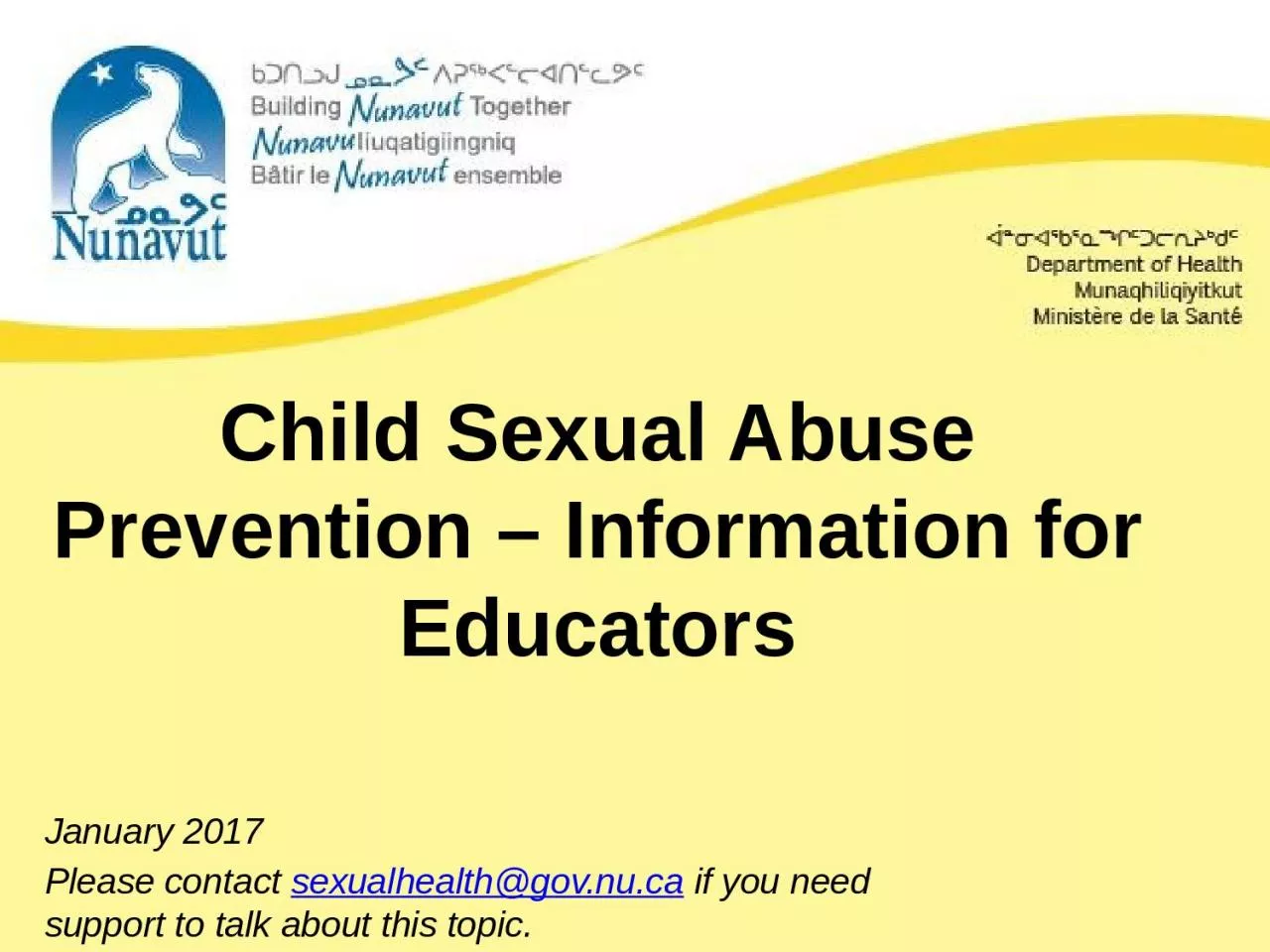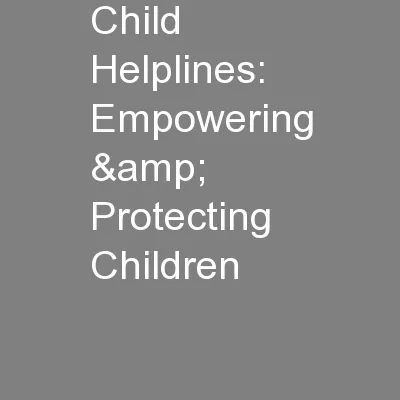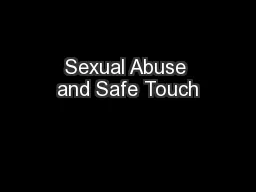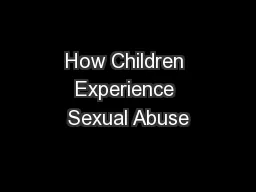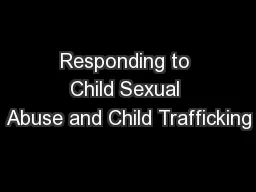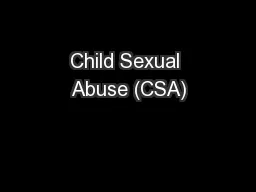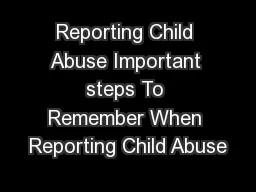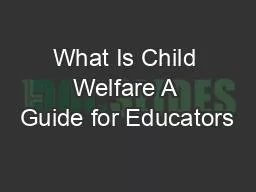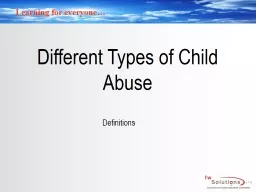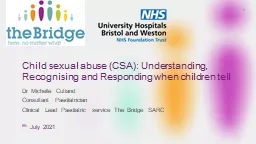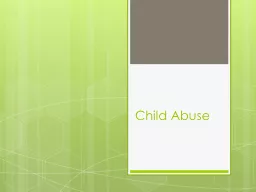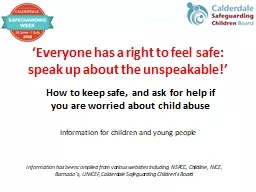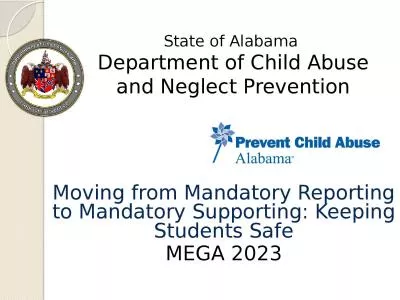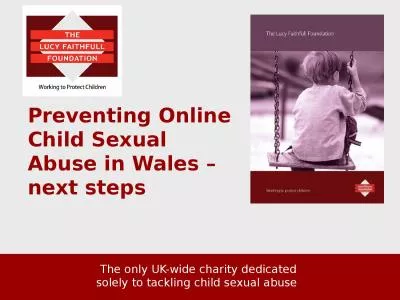PPT-Child Sexual Abuse Prevention – Information for Educators
Author : hadly | Published Date : 2023-11-16
January 2017 Please contact sexualhealthgovnuca if you need support to talk about this topic Child Sexual Abuse The F acts Child sexual abuse any sexual act
Presentation Embed Code
Download Presentation
Download Presentation The PPT/PDF document "Child Sexual Abuse Prevention – Inform..." is the property of its rightful owner. Permission is granted to download and print the materials on this website for personal, non-commercial use only, and to display it on your personal computer provided you do not modify the materials and that you retain all copyright notices contained in the materials. By downloading content from our website, you accept the terms of this agreement.
Child Sexual Abuse Prevention – Information for Educators: Transcript
Download Rules Of Document
"Child Sexual Abuse Prevention – Information for Educators"The content belongs to its owner. You may download and print it for personal use, without modification, and keep all copyright notices. By downloading, you agree to these terms.
Related Documents

